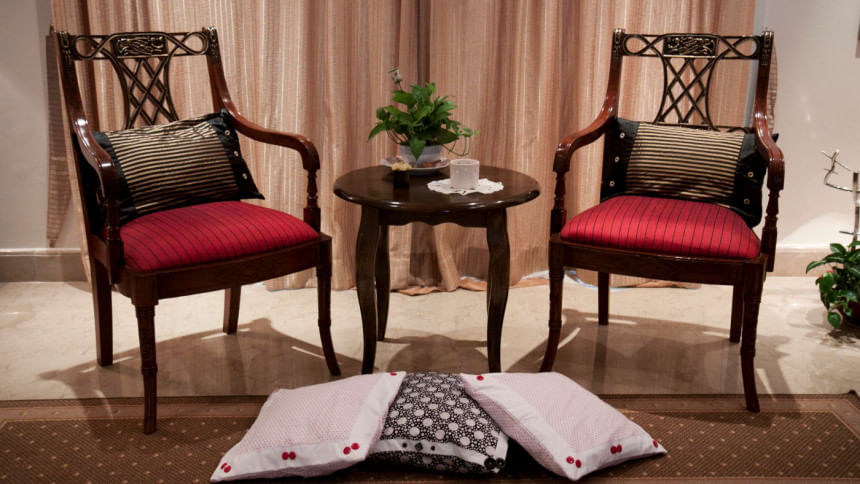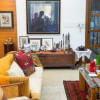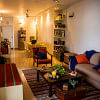Knowing how to set up your furniture

Furniture arrangement can be a difficult task. It can be confusing trying to fill an empty room in a way that is both functional and aesthetically pleasing. One might have many ideas on how to arrange their furniture, others might not even know where to start. Here are some pointers to arranging furniture to make the task more organised and simpler:
Plan it out
Before you can start placing furniture, it's beneficial to have a layout of the room with measurements and dimensions drafted out on graph paper or by using online tools. From there, you can get an idea of what the room could look like and which furniture to invest in. This is a good way of knowing which furniture can fit in the room and can complement the aesthetic you are trying to achieve.
A focal point
In any room, a focal point is an essential component. They can be created intentionally, like with TV stands and televisions, or they might come organically, like if you have a large window or a built-in bookcase. All other furniture should be placed in reference to the focal point in order to enhance and complement it. It is the first place which draws attention and can enhance the room's aesthetic appeal.
Allowing for conversation
When it comes to arranging common areas like a dining room or living room, it is necessary that the people in the room are able to converse with one another easily. Without having to strain their necks or shout across the room, people ought to be able to naturally communicate with one another.
Placing the couches and chairs so that they can face one another and are near enough for individuals to talk to one another without raising their voices. Creating multiple spaces in the same room for conversation if the room is too big is also a good way to lay out the furniture. It is important to remember that the furniture should encourage these interactions rather than obstruct them.
Tables at arm's length
Having a table as a centrepiece can be a great way to keep the room lively. A big table in the centre of a seating area serves both practical and aesthetic purposes. It serves as the room's focal point and provides lots of room for people to set their drinks down or showcase decorative pieces. It's important to make sure that there is enough space for guests to pass through between the chairs and the table. Two smaller tables or other coffee table alternatives can be a useful replacement if a suitable large table is not available.
A side or coffee table should be easily reachable from every seat. Try to avoid seating arrangements that require people to get up from their seats to retrieve drinks. Side tables should be about the same height as the nearest chair arms, or even lower is preferable, when it comes to table height.
Sufficient lighting
One of any room's most crucial components is the lighting. Using a variety of floor lamps, table lamps and overhead lighting can make the room aesthetic and more welcoming. Using a range of fixtures extensively around the room and balancing the lighting requires placement at various levels.
Overall, when deciding how to arrange your furniture, be sure to take into account what purpose you want the room to serve. From there, it depends on personal choice and aesthetics to get the room set up.
Photo: LS Archive/Sazzad Ibne Sayed/Nazneen Haque Mimi

 For all latest news, follow The Daily Star's Google News channel.
For all latest news, follow The Daily Star's Google News channel. 








Comments